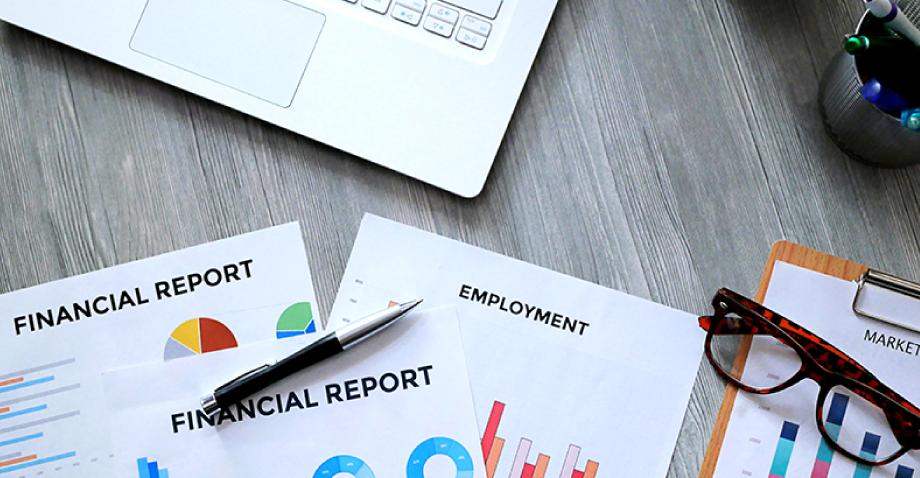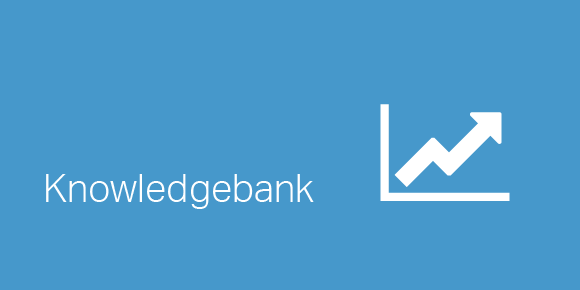
A quick poll of corporate treasurers will reveal that the cost of equity and the cost of debt are considered extremely high in current markets, so much so that the initial public offering market has been shut down for months. The Financial Times recently noted that the IPO market might “reopen”.
Traditional measures, and some experts, conclude the opposite; that costs of capital are not high and that not much out of the ordinary is needed to value distant cash flows. This note looks at this question. Our focus will mainly be on the cost of equity but we will include the cost of debt as well. We conclude that costs are very high at present and only the best projects and acquisitions should be undertaken.
Definitions
Today’s markets are out of range of normal operations. Liquidity is perceived as very low. We find ourselves discussing the capital markets using some of the same terms that you find in illiquid real estate markets: “A willing buyer and a willing seller and a reasonable amount of time.” It is in these circumstances that the definitions take on more than usual importance. We will use the definition of the cost of equity as:
The minimum acceptable expected return on the equity investment
Using this definition the answer for the cost of equity today is more like that in the private equity or emerging markets space. “I have equity capital and I am not going to give it to you unless I expect a minimum expected return on my equity investment of x%”. X% has often been on the order of 25% for these markets, although it is probably quite a bit higher these days. “You are not going to get me to give you my money unless my expected return is at least this high. I am willing to sit this one out.”
In practice, however, that is not how we approach it. Instead we use the formula from the Capital Asset Pricing Model, KE = RF + B*RPMKT (1)
Where KE is the cost of equity, RF is the risk free rate, B is the beta for the company’s shares and RPMKT is the market risk premium. When you do this calculation for low beta, medium leveraged companies (think food processors) you will get numbers that are not much different from the cost of the company’s debt. You don’t often believe the numbers you are calculating.
Now let’s look at each of the pieces. First, the risk free rate appears, from listening to the financial press, to be quite low due in part to a “flight to quality” plus generous central banks whose goal is to decrease rates. Not so these companies’ debt cost. Corporate debt rates have remained stubbornly high with very high credit spreads.
Next, look at the beta. There isn’t much evidence that the betas themselves have changed in these uncertain times. Certainly any beta based on historical information has had little time to incorporate the recent market moves, particularly if a five-year history is used. We guess that the effect of today’s markets on the beta is not great.
Finally, let’s look at the market risk premium. There is great controversy about the correct value. Estimates range from 10% to 1% with strong opinions. In recent years investment bankers have been using numbers on the order of 5% and equity analysts have been attracted to values like 3%. One bank filled with very smart, thoughtful experts changed their standard from 7% to 4% with one memo. Needless to say, if the best and the brightest have trouble with this value, then it is a very difficult number to pin down.
Those whose estimates are at the higher end of the range from 1% to 10% have focused on the historical realized risk premiums over long periods. These values are often in the 7-8% range. Academics have been uncomfortable with these high values and several articles have addressed the risk-premium paradox. It just seems too high given the observed levels of risks …until recently. Recent market movements have indicated that the risk of events thought to be extremely rare, happen much more frequently. This problem is referred to as the “fat tails” problem and says that these extreme events are much more likely than we think. It’s possible that investors have sensed this all along, and have demanded a high risk premium accordingly.
The market risk premium is based on two factors: 1) investors’ attitude toward risks, and 2) the investors’ perception of what those risks are. It is very possible that investors have not changed their attitude toward risk at all, but have a new and very scary view of the nature of the risks in the markets. In any event, it looks like the risk premium demanded by the equity investors is significantly higher than thought as recently as two years ago.
If you estimate the cost of equity based on a low risk free rate, an unchanged beta, and a little changed equity risk premium, it is likely that you will come up with values for a typical stock that is on the order of 8.5% to 9.5% or lower.
An old rule of thumb for estimating the cost of equity is to add 4% to 5% to the cost of the company’s long term debt. The cost of equity using this rule is more likely to be 11% to 12%.
Again, if you ask corporate treasurers about the cost of raising equity funds, you will find that they consider the source so expensive as to be out of the question for the present. Their shareholders vote with their demands for increased dividends, indicating that the shareholders feel that they can do better (even if kept in T-Bills) than the company can, given the risks.
Where does this leave us? It depends on definitions. The example below gives an idea of what this means.
I believe that my house is worth $500,000. Nearby houses in recent years with comparable location, amenities, space, construction and the like have gradually been increasing in price so that $500,000 is reasonable in comparison to that record. Right now, however, there are no sales in the area. If you drive along the streets you will find a For Sale sign in about every block. If you asked me what my house is worth, I would say $500,000. If you asked what a willing buyer and a willing seller would agree to with, say, four months’ time horizon I would guess that a value of $425,000 is realistic. What, then, is the price?
If you think that things will return to “normal” in a reasonable time, say two years, then you might say that the cost of equity is, or will soon return to, what it as always been. If you ask what it will cost to raise equity for an investment, or M&A transaction, then today’s costs are the reality.
From a big-picture economic view there are times when capital is simply not available, or at least not at reasonable terms. At those points the cost of capital is extremely high and only the most attractive investments will be undertaken.
Our view is that we are in one of those contractions. The cost of capital is very high. Corporate treasurers have it right. Few investments qualify. For the most part, don’t do anything. Shareholders want their money. Pay dividends. Sit tight. Only do the very most lopsided deals in your favor.
Let’s suppose that you believe that the market is, temporarily, extremely underpriced. Would you buy shares on margin? Would you buy long SPX futures contract. Most people think that the markets will return, but are not so comfortable to take these highly leveraged positions. They want to sit things out. Wait & see. Don’t buy until the market has recovered 10%. These are the prescriptions from market strategists.
The cost of debt
Debt costs a lot these days. The debt capital markets desks can tell you that even good names won’t chance the markets at this point. Asset backed securities, based on excellent assets won’t sell. Ask a corporate treasurer; the cost of debt is very high and may not be available. Our view is that if debt issuance is not a possibility, then the cost of debt is extremely high.
In summary
These are extremely difficult times. Markets refuse to provide capital. If investors had the choice they want their money back. Hedge and private equity funds face persistent investor demands for return of their investments. The cost of capital, either debt or equity is very high. The market says – stop investing in all but the most extremely attractive investments. Things may, and probably will, change for the better, but if you really believe that, put your money where your predictions lay and make bets on a rapid recovery and be richer on the other side. In the meantime don’t invest anything unless it is especially attractive – the cost of capital is very high.
Please do not hesitate to contact us, if you are having trouble viewing or accessing this article.
Copyright© 2016 AMT Training

